List of Planets
The planet is a relatively massive natural body that orbits the Sun. They do not have their own source of light. With respect to the solar system, there are eight planets, excluding the Sun and Moon. The planets are Neptune, Venus, Jupiter, Saturn, Earth, Mercury, Uranus, and Mars. All these planets are described below.
1. Mercury
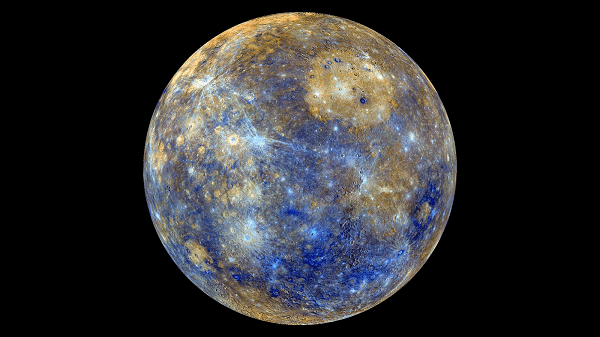
Mercury is our solar system’s smallest and nearest planet to the Sun. It is our solar system’s fastest planet. In only 88 days, it completes one single orbit around the Sun. The Sun looks more than three times as huge from the surface of Mercury as it does from Earth, and the sunlight is also seven times brighter.
The Sun appears to rise, set, and re-rise for some time from parts of Mercury’s surface, because of its elliptical orbit and slow rotation. At the time of sunset, the same thing occurs in the opposite direction.
Mercury’s temperatures reach 800 °F means 430 °C during the day, and -290 °F means -180 °C at night. The diameter of Mercury is 3,031 miles. The outer layer of Mercury is just around 400 kilometers thick. Mercury’s atmosphere is made up of a thin layer of oxygen, hydrogen, sodium, helium, and potassium. Mercury is difficult to detect from Earth because of its close proximity to the Sun.
2. Venus
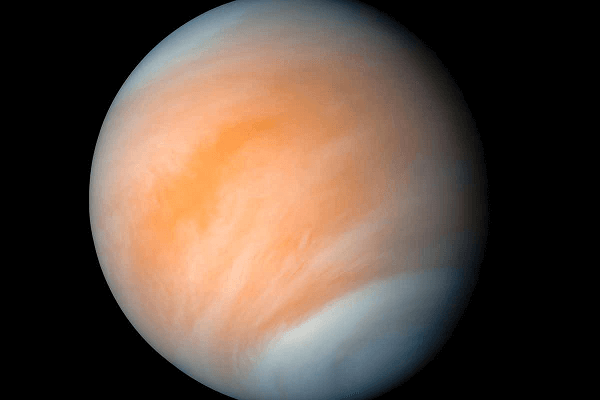
It is the second closest planet to the Sun in our solar system, and it has a relatively high surface gravity. In only 225 days, it completes one single orbit around the Sun. It is one of the four inner terrestrial planets, and because of its size and density, it is sometimes called Earth’s twin.
Venus’s surface temperature, measured in Fahrenheit, is 900 degrees Fahrenheit, or 475 degrees Celsius. It is warm enough to melt lead.
Its surface has a reddish tint, with sharply crumpled mountains strewn around it. There are thousands of huge volcanoes on Venus, and according to scientists, certain volcanoes are still active. The atmospheric pressure on Venus’s surface is more than 90 times that of Earth, which is equivalent to the pressure found under Earth’s oceans. Another significant distinction from Earth is that Venus spins backward on its axis. This implies that the Sunrises in the west and Sunsets in the east at Venus.
3. Jupiter
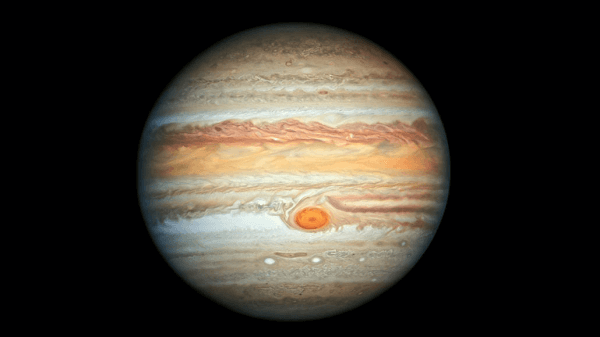
Between the Sun and Jupiter, our solar system has four planets. There are many moons around Jupiter. Jupiter’s are quite weak and formed of dust rather than ice. The planet Jupiter is an improbable site for life to thrive. Jupiter is 11 times the size of Earth, with a radius of 43,440.7 miles. Jupiter and the Sun are separated by 5.2 astronomical units. It takes 43 minutes for sunlight to travel from the Sun to Jupiter at this distance.
Jupiter has a day that lasts approximately 10 hours. Jupiter’s orbit around the Sun & takes around 12 Earth years to complete one revolution, which is equal to 4,333 Earth days. Jupiter, with its four major moons and several smaller moons, resembles a tiny solar system. Jupiter possesses the solar system’s biggest ocean, which is formed of hydrogen rather than water. The “skyes” of this planet are most likely made up of three separate cloud layers that extend roughly 44 miles means 71 kilometers when combined.
Jupiter’s magnetic field also creates some of the most surprising auroras in the Solar System around the planet’s poles. Jupiter’s enormous magnetic field influences the region of space known as the Jovian magnetosphere. It rises to a height of 600,000 to 2 million miles above the Sun.
4. Saturn
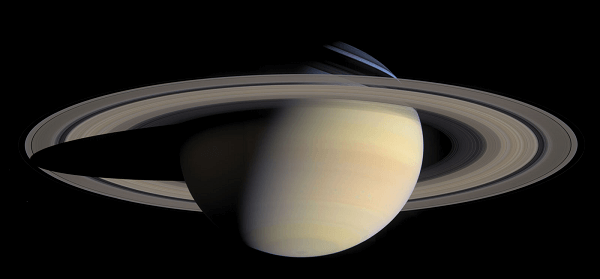
It is in the sixth number from the Sun and the second-largest planet in our solar system. Saturn is the planet with the most magnificent ringlets. The rings of Saturn are consist of rock and chunks of ice. There are many moons around Saturn. Saturn’s climate is not favorable to life. Saturn is 9 times the size of Earth, with a radius of 36,183.7 miles means 58,232 kilometers. The unit of distance between Saturn and the Sun is 9.5 astronomical units. At this distance, it takes 80 minutes for sunlight to travel from the Sun to Saturn. Saturn has the shortest day in the solar system since it is the second-largest planet. Saturn has a day that lasts about 10.7 hours and completes one orbit of the Sun in around 29.4 years on Earth.
As regards its orbit around the Sun, it has a 27.73° inclination on its axis, the same as Earth’s 23.5° inclination. In the equatorial area, the wind speed can reach 1,600 feet per second or 500 meters per second at its highest point that is located at Saturn’s north pole. This is an unusual air phenomenon called a six-sided jet stream.
5. Uranus
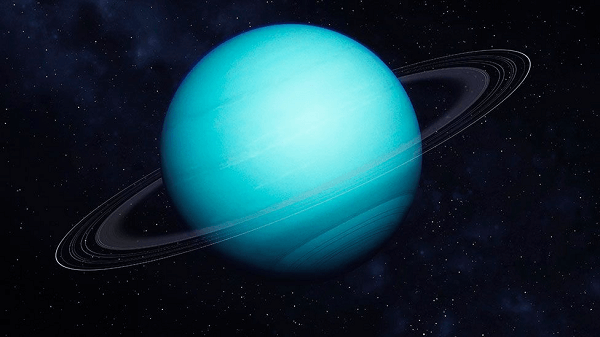
Its diameter ranks third in the solar system, and it is situated seventh from the Sun. Astronomer William Herschel found Uranus, and the first planet was discovered using a telescope in 1781. Uranus is 19.8 astronomical units distant from the Sun. A beam of sunlight travels from the Sun to Uranus in approximately 2 hours and 40 minutes. In our solar system, Uranus is one of only two planets that rotate in the opposite direction of the others.
There are 27 known moons of Uranus, each of which is assumed to be half water ice and half rock. Planets have equator-orbital tilts similar to those of stars that are nearly perpendicular to the orbit of the Sun. The majority of Uranus’ mass is made up of a heated, dense fluid of “icy” components like water, methane, and ammonia that sits on top of a tiny rocky core. A planet’s magnetic field should be aligned with its rotation, but Uranus’ magnetic field is tilted by 60 degrees.
6. Neptune
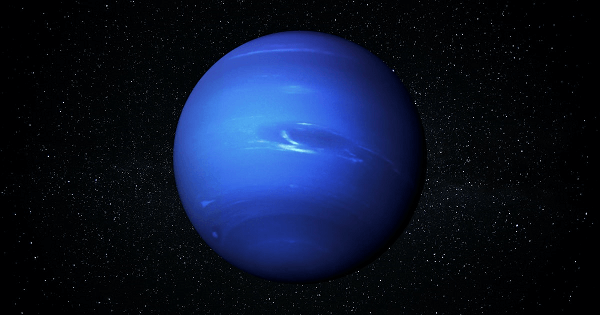
It is located eighth from the Sun. Neptune is the ice giant of our solar system. It is battered by dark, frigid, and supersonic winds. It is the first planet to be predicted by mathematics before its discovery, as well as the only one in our solar system that cannot be seen with the naked eye. Neptune’s first 165-year orbit since its discovery in 1846 was completed in 2011. The distance between Neptune and Sun is more than 30 times that between the Sun and Earth.
The atmosphere of Neptune is unfriendly to life. Neptune is nearly four times the size of Earth, with a radius of 15,299.4 miles means 24,622 kilometers. There is a distance of 4.4746 billion kilometers between Neptune and the Sun. On Neptune, a day that lasts 16 hours means the span of time it takes Neptune to turn around or spin. At this distance, it takes sunlight 4 hours to reach the planet. Its magnetic field is 27 times stronger than Earth’s magnetic field.
7. Earth
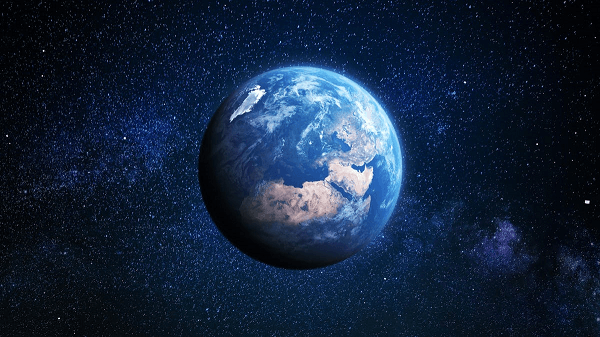
There is only one planet in our solar system that is composed of liquid water. It is the third planet from the Sun and the only place where life exists. It is the fifth-largest planet in the solar system. Earth is the largest of the planets on the surface, with a radius of 3,959 miles. Oxygen and nitrogen enrich the atmosphere.
The Earth’s surface rotates at 1,532 ft/sec around its axis. As this planet revolves around the Sun, it experiences more than 18 miles per second of speed. Outgassing and volcanic activity formed the oceans and Earth’s atmosphere. The Earth formed almost 4.5 billion years ago. The Earth is 147.48 million km away from the Sun.
8. Mars
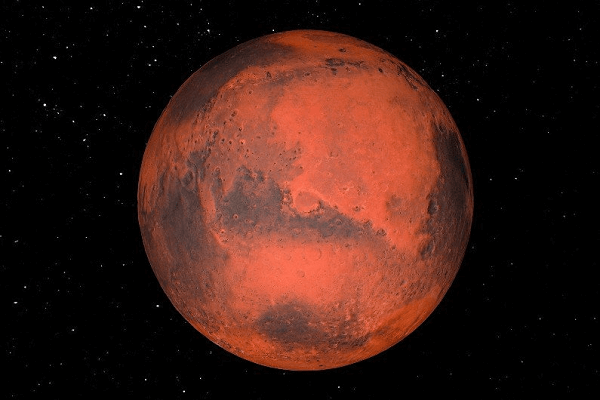
Mars is not only neighboring to Earth but also the fourth planet from the Sun. Mars is one of the most visible planets in the night sky, and it appears as a bright red dot of light. In terms of size, Mars is roughly half that of Earth, with a radius of 2,106 miles. Mars completes one revolution every 24.6 hours while orbiting the Sun.
As on Earth, Mars also has different seasons, though they last longer on Mars since the planet orbits the Sun more slowly. While the seasons on Earth are equally spaced throughout the year, lasting three months. The duration of the seasons on Mars varies, as Mars has an elliptical means egg-shaped orbit around the Sun. Mars formed 4.5 billion years ago when the force of gravity drew gas and dust together.
